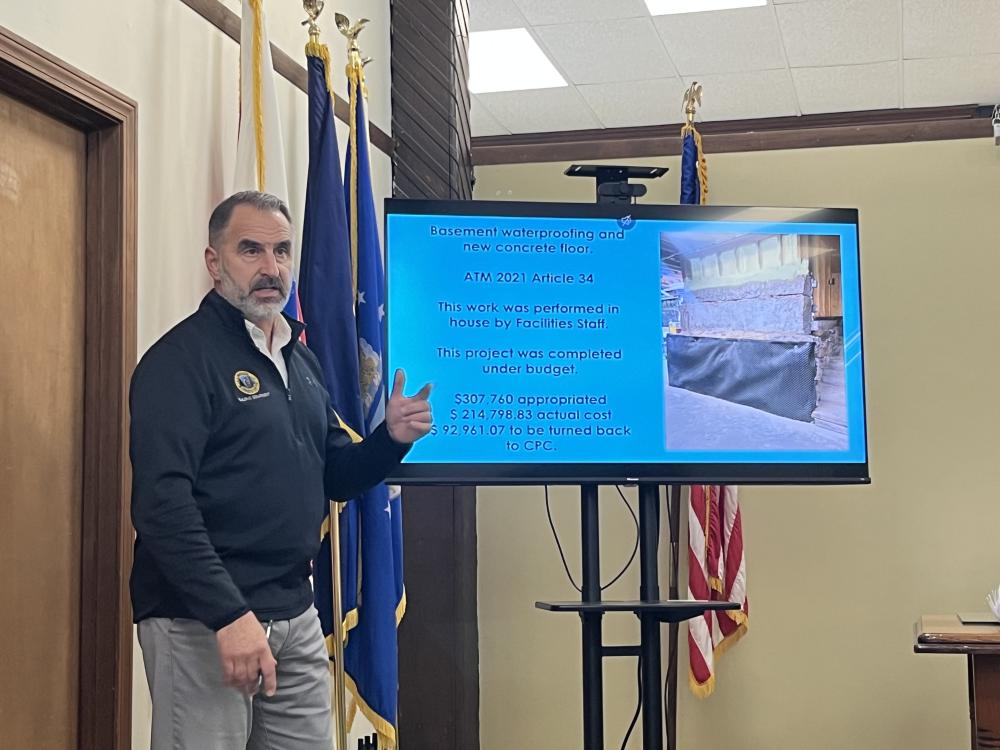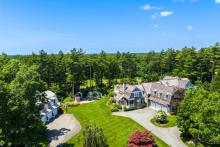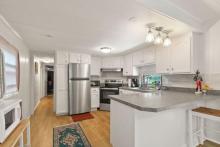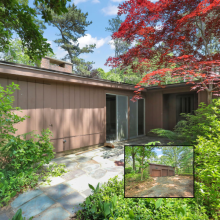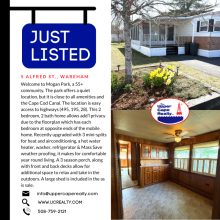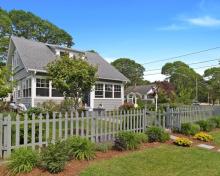Proposed Marion Town House renovation to focus on accessibility
MARION — Marion Town House renovations have been considered for over 15 years. With the structure’s current lack of ADA compliance and fire suppression system, some Marion officials are emphasizing that this proposed project should be prioritized.
The potential renovation will be voted on at the annual town meeting on Monday, May 12 in Article 17, which proposes the appropriation of almost $3.3 million to be used for Town House accessibility, fire suppression, building code and HVAC compliance.
At an informational meeting on Tuesday, April 29, Building Commissioner Bob Grillo said rising costs of construction and potential issues with mobility and safety for Town House employees are a primary concern.
“We don't have any choice at this point. This work has to get done,” he said.
The building currently has no ADA compliant bathrooms and entrance ramps, no ADA compliant means to access the second floor or the upper first floor and no fire suppression sprinkler system.
Grillo explained that if the project doesn’t get approved this year, construction costs will continue to rise.
“[This] might not be the best timing, but this is the only time,” said Grillo.
At the meeting, Select Board candidate Sean Sweeney, who works in civil engineering, pointed out that the lack of ADA compliance could lead to a potential lawsuit.
In addition to construction costs, the town would also have to pay for a temporary office.
Town House employees cannot be present in the building during construction and workers would have to be relocated to a temporary office during the possible year-long construction block.
Grillo states that it would be more feasible financially to tackle the renovations all at once rather than in separate phases, which would cost an additional $3.4 million.
Compromises were made to the proposed project to lower costs, including plans to install wheelchair lifts rather than elevators.
The potential renovation is not recommended by the Finance Committee and the Select Board recommended the project in a 2-1 vote.



